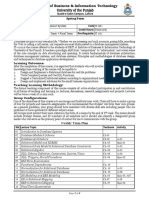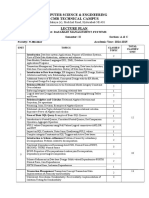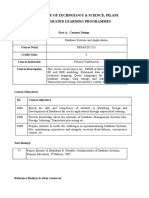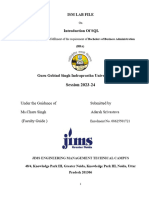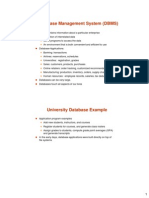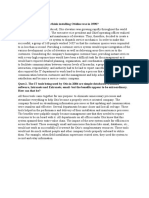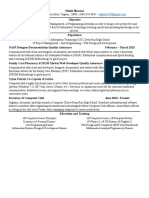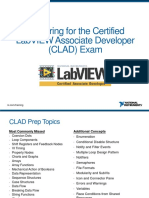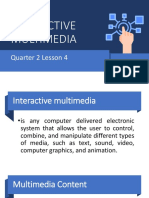0% found this document useful (0 votes)
25 views4 pagesDBMS Practical Index
The document outlines a comprehensive curriculum for a Database Management Systems course, detailing topics such as creating ER diagrams, defining relationships, applying data types, and executing SQL commands. It covers advanced concepts like managing views, implementing triggers, handling transactions, and optimizing queries. Additionally, it includes practical exercises on data retrieval, integrity constraints, and database backup and recovery methods.
Uploaded by
arfiasmshettyCopyright
© © All Rights Reserved
We take content rights seriously. If you suspect this is your content, claim it here.
Available Formats
Download as PDF, TXT or read online on Scribd
0% found this document useful (0 votes)
25 views4 pagesDBMS Practical Index
The document outlines a comprehensive curriculum for a Database Management Systems course, detailing topics such as creating ER diagrams, defining relationships, applying data types, and executing SQL commands. It covers advanced concepts like managing views, implementing triggers, handling transactions, and optimizing queries. Additionally, it includes practical exercises on data retrieval, integrity constraints, and database backup and recovery methods.
Uploaded by
arfiasmshettyCopyright
© © All Rights Reserved
We take content rights seriously. If you suspect this is your content, claim it here.
Available Formats
Download as PDF, TXT or read online on Scribd
/ 4















